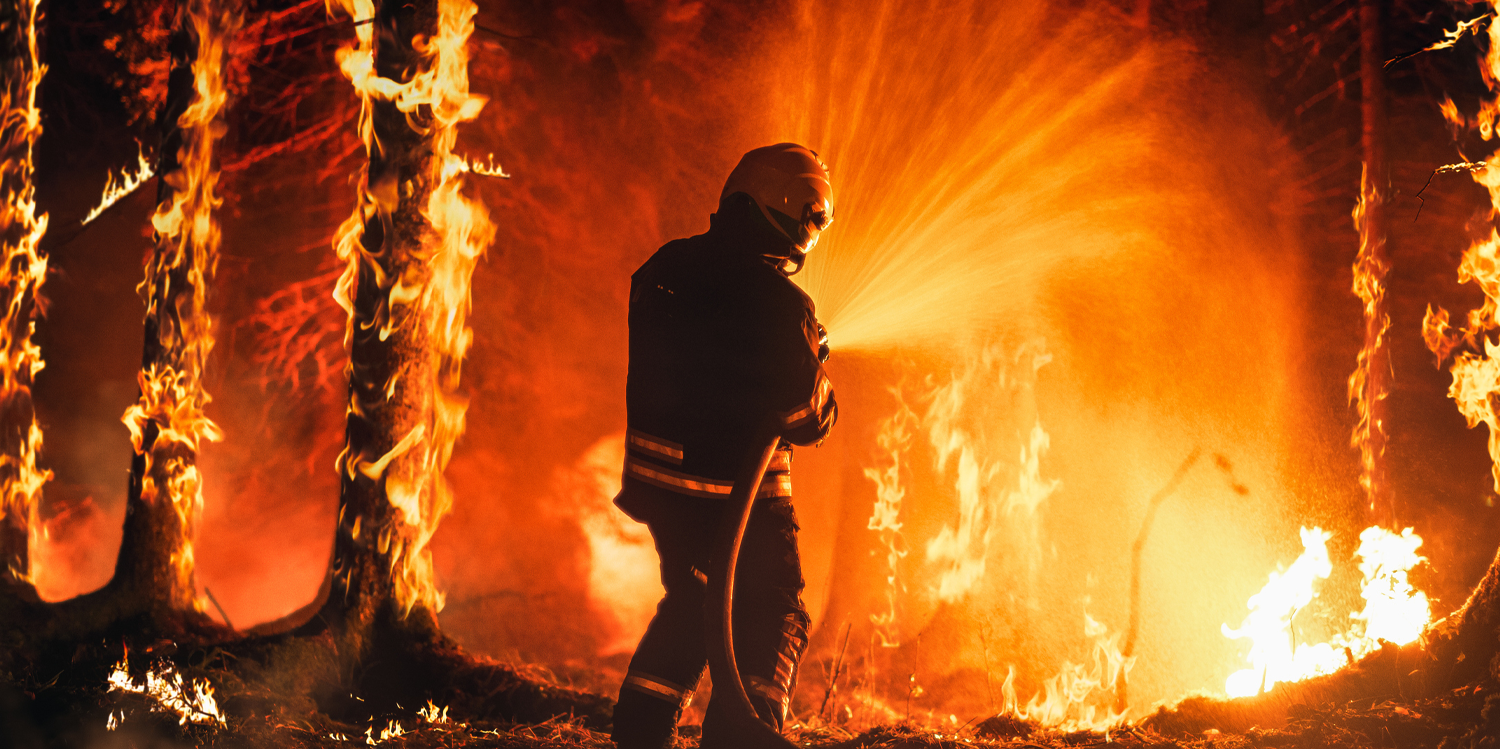 GPs and other health practitioners are encouraged to ask patients exhibiting respiratory issues about their exposure to fires after research found fire fighters are exposed to greater health hazards.
GPs and other health practitioners are encouraged to ask patients exhibiting respiratory issues about their exposure to fires after research found fire fighters are exposed to greater health hazards.
Dr Kiam Padamsey from ECU recently completed an in-depth investigation into the health hazards facing volunteer and bushfire firefighters beyond the immediate danger of the flames.
It found firefighters in a bushfire environment are exposed to high levels of carbon monoxide and volatile organic compounds during bushfire events.
In Western Australia there are several firefighting services that primarily respond to bushfires. The largest service is the volunteer Bushfire Service, which is made up of more than 20,000 members.
It is managed by local government authorities and supported by the Department of Fire and Emergency Services (DFES).
The Department of Biodiversity, Conservation and Attractions (DBCA) also operates and manages a paid firefighting force, which responds to bushfires during the summer months and conducts prescribed burning campaigns in the cooler months.
RELATED: New COPD guideline for doctors
Dr Padamsey said there was a common misconception that while the smoke from structure fires was bad for people’s health, the smoke from bushfires was natural and therefore not so harmful.
“In our discussions with some volunteer firefighters, we identified a gap in knowledge regarding the health risks associated with bushfire-generated smoke and contaminants,” he said.
Dr Padamsey said while the relevant departments were working to provide education to firefighters about health risks, GPs could provide education and support to patients who have a background in firefighting.
He said the initial step would simply be identifying whether a person has had ongoing exposure to smoke from bushfires.
“In rural areas there are no career fire brigades, so not many country people seeing their doctor will say they are a firefighter, they will say they are a welder or whatever they happen to be, but they could also be the person that fights every fire that comes past the town as well.”
RELATED: Navigating therapy for severe asthma made simpler with new resources
Early findings from Dr Padamsey’s research led to procurement and use of P3 masks within DBCA firefighters, however he said their use is not currently mandatory.
He noted that the smouldering phase of a fire – the first phase that contributes most of the firefighter’s exposure time – that may result in higher chemical exposures compared to the flaming phase.
Dr Padamsey’s work identified the firefighting tunic as a potential secondary source of chemical exposure post-shift, with research results suggesting that the tunics off-gas high concentrations of chemicals like benzene.
He said that the tunic should be treated as being contaminate like those used in structural fires, and should be isolated and cleaned appropriately to minimise subsequent exposure risks.
Dr Padamsey is also working with DFES and DBCA to investigate the effect of bushfire smoke on the airway cells and on developing and refining methods for workplace exposure assessment of firefighters.
Want more news, clinicals, features and guest columns delivered straight to you? Subscribe for free to WA’s only independent magazine for medical practitioners.
Want to submit an article? Email editor@mforum.com.au

